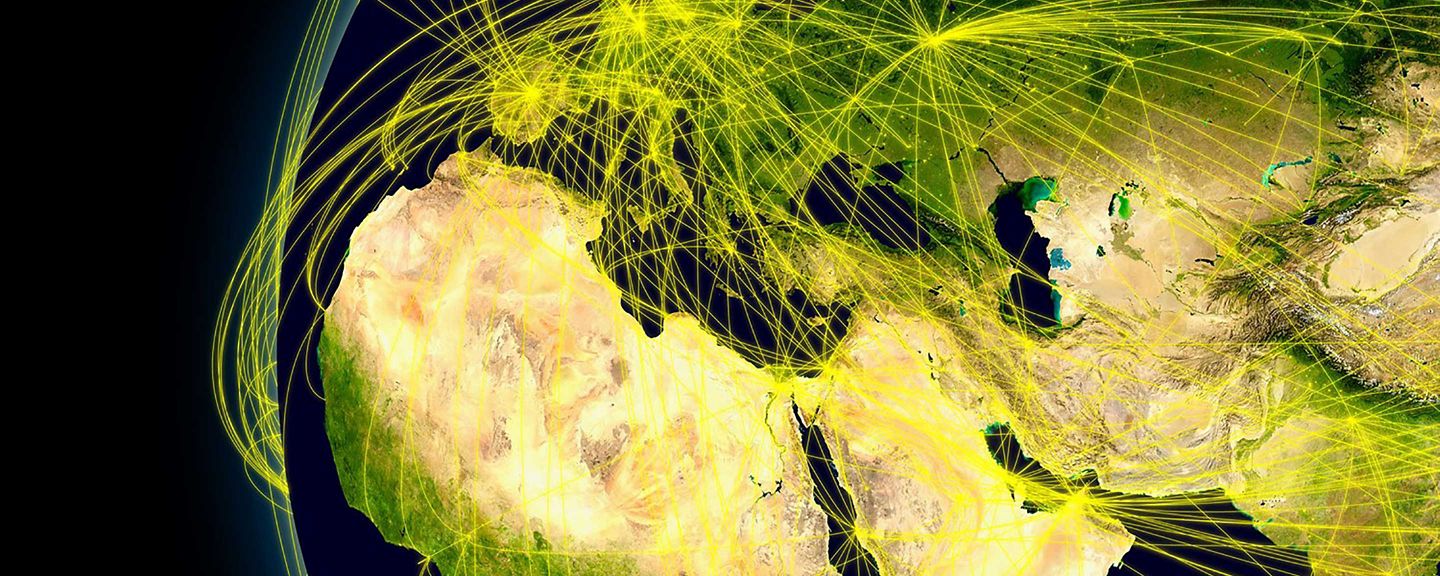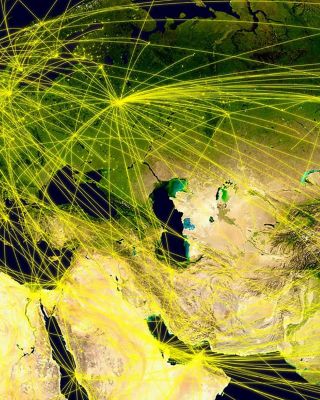-
Location
-
North America
-
Latin America
-
Asia Pacific
- |
- Sales & Service Partners
- |
-
Select Shopping Cart Account
Choose the account number for your parts ordering shopping cart. Your current cart will be saved when switching accounts.
Account# Account Name City Zip/Post Code CANCELPROCEEDMy Account
-
Industries
Industries
-
Location
-
North America
-
Latin America
-
Asia Pacific
- |
- Sales & Service Partners
- |
You are browsing the product catalog for
You are viewing the overview and resources for
Your browser is not supported.
For the best experience, please access this site using the latest version of the following browsers:
By closing this window you acknowledge that your experience on this website may be degraded.


EMPHASIS Project
Empowering Heterogeneous Aviation Through Cellular Signals - EMPHASIS
The research project EMPHASIS (EMPowering Heterogenous Aviation through cellular SIgnalS) aims to increase safety and reliability of General Aviation/Rotorcrafts (GA/R) operations at low altitude as well as their interoperability with other airspace users- such as commercial aviation or emerging drone operations. We plan to achieve this through affordable Communication, Navigation and Surveillance (CNS) capabilities benefiting, among others, from existing and future mobile RF network infrastructure.
Project Use Cases:
- Use case #1: GA/R in airspace G
- Use case #2: Rotorcraft below 500ft
- Use case #3: GA/R in terminal area
Project Goals
The project EMPHASIS (EMPowering Heterogeneous Aviation through cellular SIgnalS) addresses the Topic Enabling Aviation Infrastructure: CNS for General Aviation. General Aviation (GA) represents a very large and diverse spectrum of aircraft with a common characteristic that most of their operations are non-profit. From avionics perspective it means that any piece of equipment represents a carefully evaluated balance between affordability and functionality.
The evolution of European air traffic environment brought two critical challenges for GA users: increased amount of commercial air traffic results in more frequent interactions between GA and commercial aircraft and emerging drones/RPAS (Remotely Piloted Aircraft Systems) market is very dynamic and as predicted for instance in SESAR Drones Outlook study the amount of unmanned aircraft in airspaces traditionally used by GA will be growing drastically in the following years.
Communication
Investigating use of existing (3G/LTE) and future (5G) cellular infrastructure to:
- provide low-cost data-link for low-altitude GA/R operations
- provide additional source of positional data (multilateration)
Affordability and Certification
Affordability is an important requirement for GA community and the costs associated with certification of onboard systems play a key role here. Within the project the aim is to explore possible approaches how to achieve the objectives of the certification process through alternative means benefiting from evolution of today’s flight environment and taking into account specificities of low altitude operations.
Navigation
Aiming to enhance accuracy, integrity, and availability of GNSS navigation by considering:
- inertial navigation systems (INS)
- 4G/5G positioning
- autonomous integrity monitoring (eRAIM)
Surveillance
With progressively growing number of users flying in low altitude airspace, including drones or urban air mobility, interoperability among them becomes a critical requirement. The key enabler is in this context a suitable cooperative surveillance.
The project EMPHASIS aims to develop and test the concept of such surveillance building on the ADS-B concept while addressing specific needs of low altitude airspace and of GA/R community and taking into account interoperability with new users.
Work Packages
Work packages and its objectives:
- Project management and dissemination. Overall monitoring and active control of the project progress in terms of schedule, budget, and quality of results in order to steep project towards its objectives. Communication and reporting with SJU.
- Concept of Operation and Flight Demo. Providing a consolidated picture (in terms of Concept of Operations) how different technological elements investigated in other WPs contribute to the targeted improvements of GA/R operations. The second objective is to prepare and perform final flight demo to show concrete project’s achievements.
- Innovative Approach to certification and airworthiness. Development of a new innovative approach replacing/modifying the conventional certification and airworthiness approval process in order to radically reduce the development and maintenance costs of equipment for GA/R operations. Demonstration of the new approach on the case of low cost ADS-B.
- Communication: Low cost data-link and flight support services for GA/R. Investigation of low cost data-link alternatives and flight support services for GA/R by using cellular signals, and especially 4G and 5G networks.
- Navigation: network based positioning enhancing GNSS-based functions. Development and implementation of signal processing algorithms for real-time radio network-based aircraft positioning and tracking, and conceptual testing of the algorithms in various use case scenarios.
- Surveillance: ADS-B for GA/R and obstacle detection for rotorcrafts. Development and validation up to proof-of-concept level the technical solution for affordable ADS-B transceiver (targeting GA/R users but the project results may be applicable to other low altitude users) and obstacle detection suitable for rotorcrafts.
Timeline
Partners
- Honeywell - an avionics provider covering commercial and general aviation, rotorcraft as well as unmanned systems.
- Airbus Defence and Space - the second largest division of Airbus, pursuing Airbus´ space, defence and military aircraft activities. Airbus´ Space Systems business line is a world industry leader in satellite and ground systems for earth observation, navigation, science and telecommunication.
- Evektor - private commercial organization with about 250 highly-educated and skilled engineers. It is a leading design company in the Czech aerospace industry covering complete product development, testing and certification including installations of avionic systems and their protection against EM environmental effects.
- Tampere University - research-intensive university, a pioneer in technology transfer, and an acknowledged cooperation partner among the scientific community and business life. TUT is a leading university in Europe in the research areas of GNSS and radio network positioning, as well as 5G communications.
Copyright © 2025 Honeywell International Inc.
Maximum File Size
Maximum Files Exceeded
Due to inactivity you will be logged out in 000 seconds.
Maximum File Size
Maximum Files Exceeded
Your documents are ready for you. Please click here to open.
Maximum File Size
Maximum Files Exceeded
There is an issue with invoices zip file download. Please go back and try again later. Thanks!
Maximum File Size
Maximum Files Exceeded
Your orders excel is ready for download. Please click here to download.
Maximum File Size
Maximum Files Exceeded
There is an issue with orders excel file download. Please go back and try again later. Thanks!

